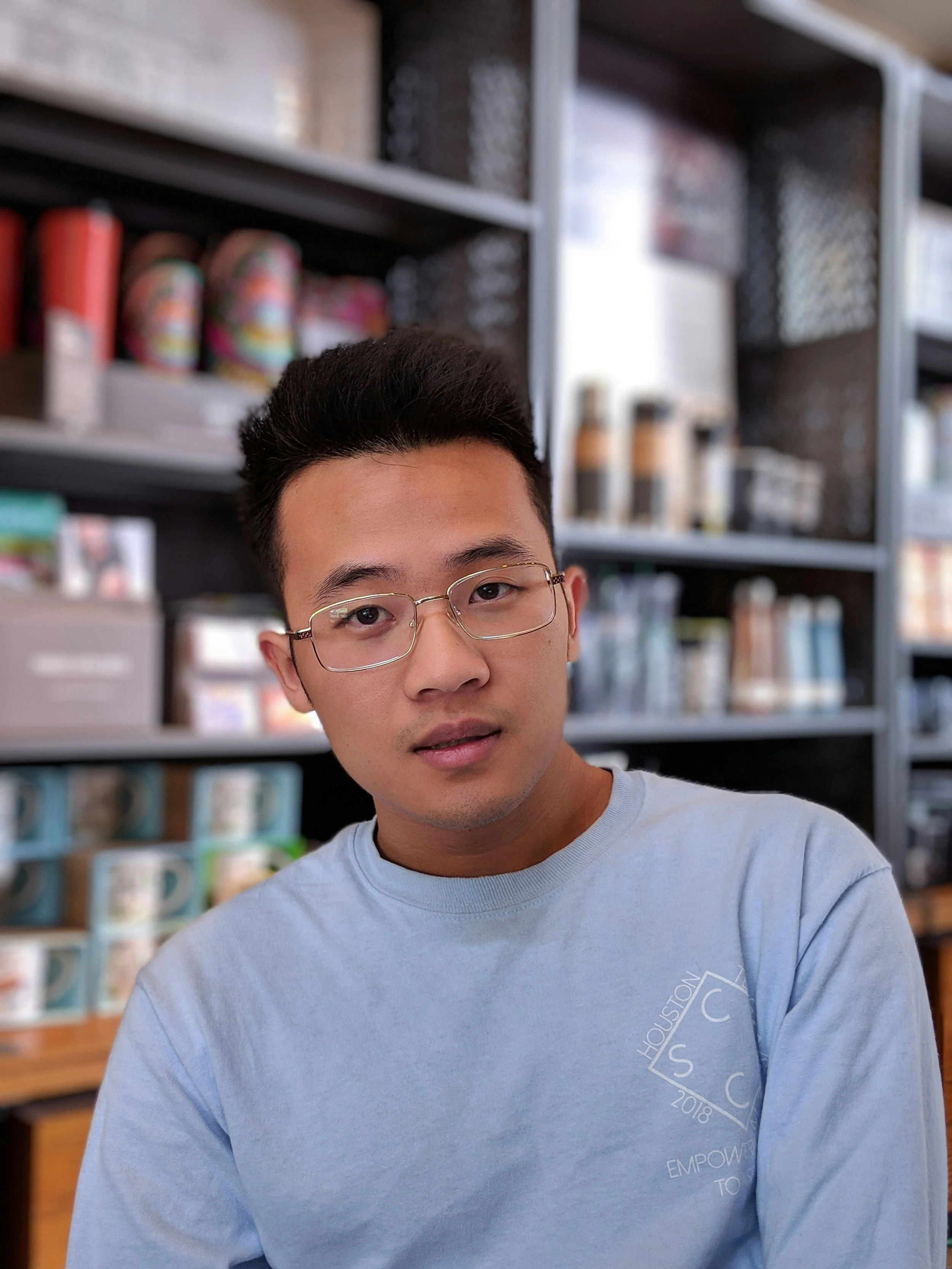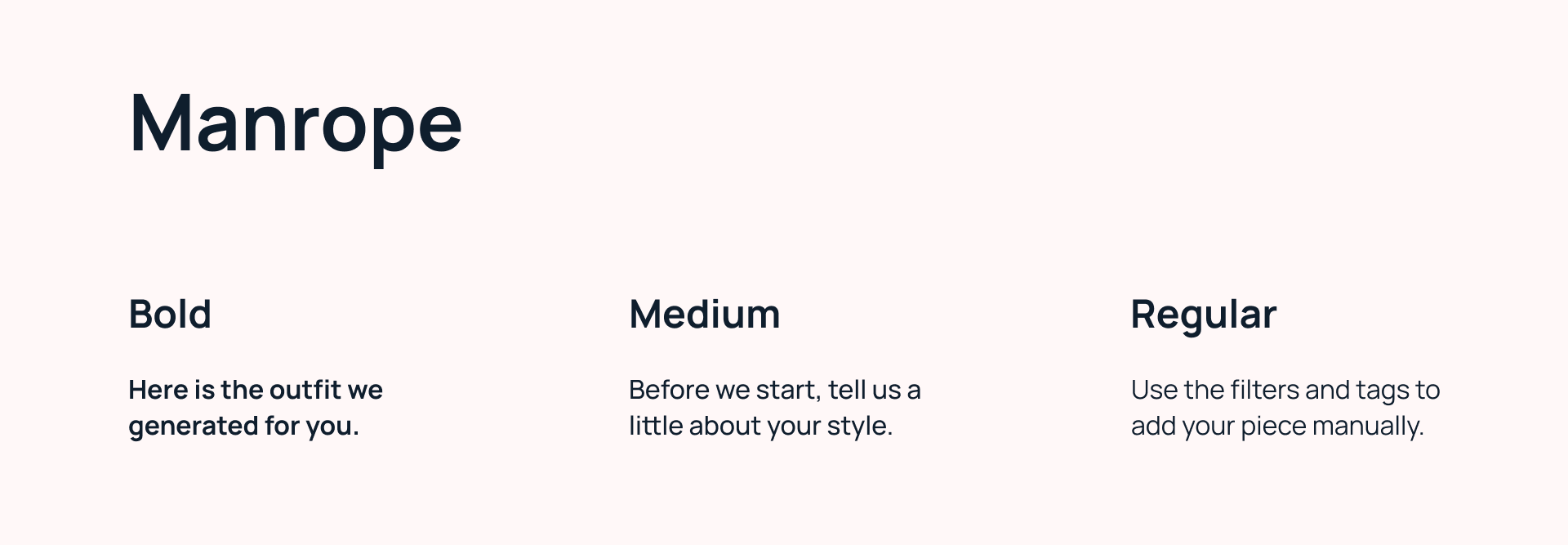
Overview
Conscious Closet tackles the growing issue of clothing overconsumption by helping users visualize their wardrobe and mix and match outfits, reducing waste and overspending. Surveys revealed that many people buy clothes that sit unused due to the allure of new trends. Using these insights, the app was designed to encourage reusing existing clothes while still giving the thrill of a new outfit. Its interactive design mimics a closet, displaying all clothing items digitally for effortless daily outfit selection.
Initial Conception
The goal was to reduce unnecessary clothing purchases. Overconsumption of clothing is a growing issue, particularly among younger generations, leading to environmental waste, financial burden, and excessive resource use.
The Challenge
Many individuals wish to cut down on clothing expenses, but this can be difficult. We aim to empower our users to make the most of their existing wardrobes while maintaining a fresh and updated look.
Research
We wanted to create a survey that would help us understand why people spend money on clothes they don’t need. The responses provided insights into our users' needs, the reasons behind their buying habits, and what we could do to help.
User Personas
-

Caroline, 26
Photographer
Caroline is a freelance photographer living in Austin, Texas. She has gotten tired of buying clothes that end up sitting in her closet. She would like to wear the clothes that she already has, but feels overwhelmed and doesn’t know where to begin.
-

Joseph, 22
Student
Joseph is a senior at the University of Texas, studying fashion. This has made him hyper aware of the issues with the fashion industry. He wants to limit his consumption of new clothes but still wants to be able to express himself in new ways.
UI/Visual Design

On boarding Quiz
When the user first enters the app, they will be met with the on boarding quiz. They will be asked a few questions that allows the user to describe their personal style, which will affect the kinds of outfits generated for them.
Outfit Generator
The outfit generation tool will give the user a complete outfit using the clothes in their closet, based on their style preferences chosen in the on boarding quiz. If the user is not happy with the generated outfit, they can regenerate as many times as they want, while also being able to lock individual items during the regeneration.
Adding Pieces
To add an item to their closet, the user can choose one of two options. The manual option allows the user to select what kind of item they are adding, along with the style, color, fit and size. This allows the user to select specific tags that perfectly describe the item. The second option to add an item to the closet is the scanning tool. This prompts the user to take a picture of the item’s barcode, which will allow the app to scan the internet to find the item and create appropriate tags. If the chosen tags aren’t accurate, the user can adjust them.
Saved & Profile Pages
The other two pages in the app are the saved and profile pages. If the user wants to save a generated outfit for future use, they can add it to their saved outfits to go back to at any time. The profile page displays the user’s style preferences, which can be altered at any time. This page also reveals stats, such as how many outfits have been generated, how many dollars the user has saved with the plugin, and how many pieces are in the closet.
Social Media Plug-in
Users also have access to a social media plugin. When online shopping, a widget appears that prompts them to view an outfit generated by the app in a similar style to the item being viewed online. By using this plug-in, users are more likely to resist buying new clothes and instead use what they already have. In the profile page, users can see how much money they have saved by using the plug-in. Seeing this visualization of money saved further encourages users to continue using the app.







